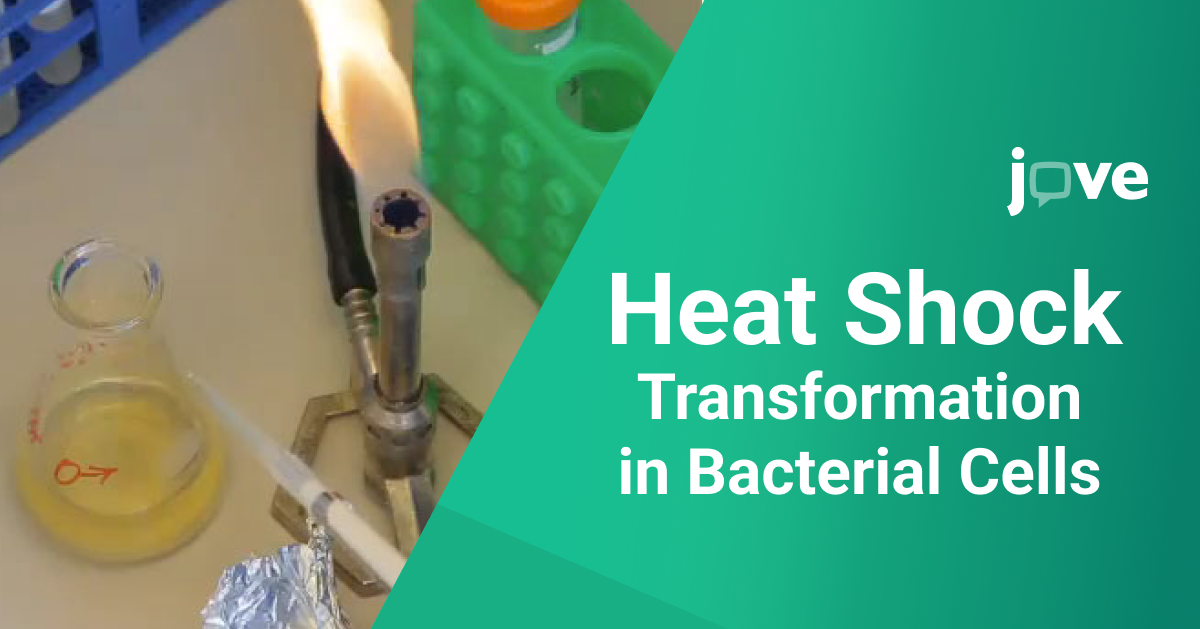Bacterial transformation is a fundamental technique in molecular biology, widely utilized for genetic engineering and cloning purposes. It allows researchers to introduce foreign DNA into bacterial cells, enabling the study and manipulation of genes. Among the various methods available, heat shock transformation stands out for its simplicity and effectiveness.
What is Heat Shock in Bacterial Transformation?
Heat shock transformation is a widely used method for introducing foreign DNA into bacterial cells. This technique involves briefly exposing competent bacterial cells to a sudden increase in temperature, which facilitates the uptake of plasmid DNA by creating transient pores in the bacterial cell membranes.
Purpose of Heat Shock in Bacterial Transformation
The primary purpose of the heat shock process is to create temporary pores in the bacterial cell membrane, allowing the DNA to enter the cells. Here’s a more detailed explanation. During the DNA Uptake, heat shock helps make the bacterial cells competent, meaning they can take up extracellular DNA from their environment. While the heat shock step occurs, the bacterial cells are briefly exposed to a high temperature (usually around 42°C). This sudden increase in temperature causes the cell membrane to become more permeable, forming temporary pores through which the DNA can pass.
During the Mechanism step, the heat shock causes a thermal imbalance, disrupting the cell membrane’s structure. Typically, the cells are pre-treated with calcium chloride (CaCl2), which helps neutralize the negatively charged phosphate backbone of the DNA, reducing repulsion between the DNA and the cell membrane. After the heat shock, the cells are rapidly cooled on ice, which helps close the pores in the membrane and trap the DNA inside the cells.
The brief high-temperature exposure allows more DNA to enter the cells in a short period. Properly optimized heat shock conditions balance DNA uptake and cell survival, ensuring a higher number of transformed colonies.
Learning Heat Shock Transformation with JOVE.com
For those interested in mastering the technique of heat shock transformation Protocol, JoVE.com provides comprehensive video tutorials and educational materials. These resources offer step-by-step demonstrations of the procedure, explanations of the scientific principles involved, and practical tips for achieving high transformation efficiency.
Heat shot transformation Protocol
JOVE's visual and detailed guides are invaluable for students and researchers looking to develop expertise in modern molecular biology techniques.Check the Heat Shot Transformation Protocol here.
Conclusion
Heat shock transformation remains a fundamental method in molecular biology, crucial for cloning, genetic manipulation, and various applications in synthetic biology. Understanding and implementing this technique can lead to significant advancements in research and practical applications in the field of biotechnology.
